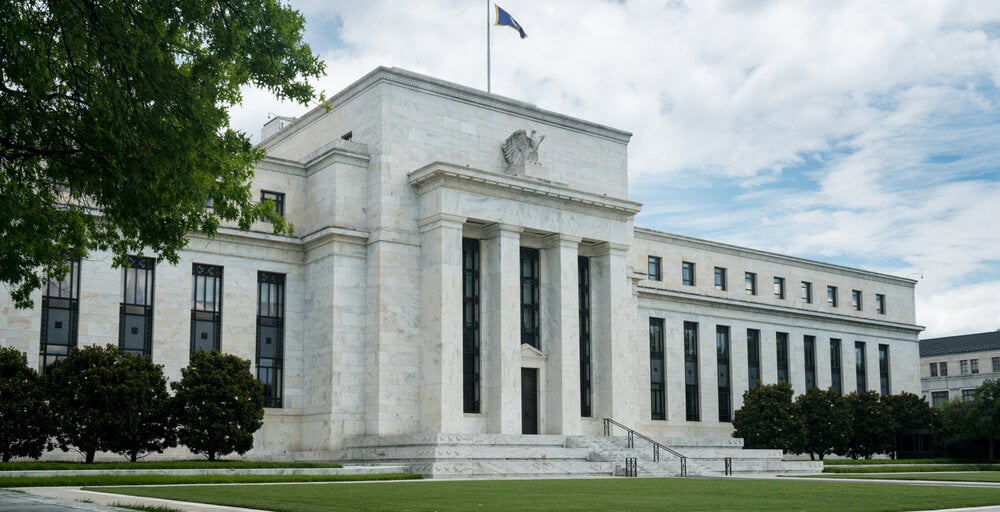Potential Influence of Treasury Market Dynamics on Cryptocurrency
The current fluctuations in the $29-trillion U.S. Treasury market have sparked significant concerns among investors and may have wider implications not just for traditional assets, but also for cryptocurrency markets such as Bitcoin. Observers suggest that interventions by the Federal Reserve could play a crucial role in shaping the future of digital currencies in this turbulent financial environment.
Why Treasury Market Fluctuations Matter
Recent patterns show a concerning upward trend in benchmark yields, largely attributable to inflation fears and an influx of foreign selling. This rise represents bad news for bonds and raises questions about the overall market stability. Jake Ostrovskis, an OTC trader at market maker Wintermute, noted that institutional investors were increasingly worried about the potential for a significant breakdown within the bond market even before recent mitigations from U.S. President Donald Trump, who announced a pause in reciprocal trade tariffs.
The Role of Basis Trades in Market Dynamics
The unwinding of Treasury basis trades, which have resulted in leveraged bets worth approximately $1 trillion in the bond market, stands as a primary driver of current selling pressure. These strategies rely on minor price discrepancies between Treasury futures and the underlying securities, and as investors are urged to reduce risk, a cascade of forced selling may further destabilize the market. Ostrovskis compares this feedback loop to the recent effects of a similar unwind involving carry trades in Japanese Yen that rattled markets.
Possible Outcomes for Bitcoin
Amidst these developments, analysts speculate that if the Federal Reserve steps in to stabilize the market—as seen during the COVID-19 pandemic when the Fed initiated extensive asset purchases—the cryptocurrency sector, particularly Bitcoin, could experience substantial gains. As liquidity is injected into the markets, Ostrovskis suggests Bitcoin may emerge as the top-performing asset, reinforcing its historical position as a hedge against economic uncertainty.
Market Statistics and Current Trends
Despite a 4% decline since the start of the month, Bitcoin remains up 15% over the past year, according to data from crypto provider CoinGecko. The cryptocurrency’s recent performance reflects its resilience and growing acceptance as an alternative amid economic challenges. Some analysts argue that Bitcoin’s appeal is reaffirming itself as a safeguard against market volatility.
Expert Perspectives
On the other hand, U.S. Treasury Secretary Scott Bessent has attempted to downplay the severity of these bond market fluctuations. During an interview with Fox Business, he labeled the current market changes as an uncomfortable but necessary deleveraging process, asserting that there is no systemic risk involved. This dichotomy of opinions highlights the uncertainty that envelops both the traditional and modern financial landscapes.
Conclusion
The interplay between U.S. Treasury market dynamics and the cryptocurrency sector underscores a complex intersection of traditional finance and digital innovation. As potential interventions by the Federal Reserve loom on the horizon, the reactions across financial markets will be critical in determining the direction of both stocks and cryptocurrencies in these unpredictable times. The evolving landscape presents a momentous opportunity for Bitcoin and other digital currencies to solidify their place as viable financial instruments in an increasingly uncertain world.



